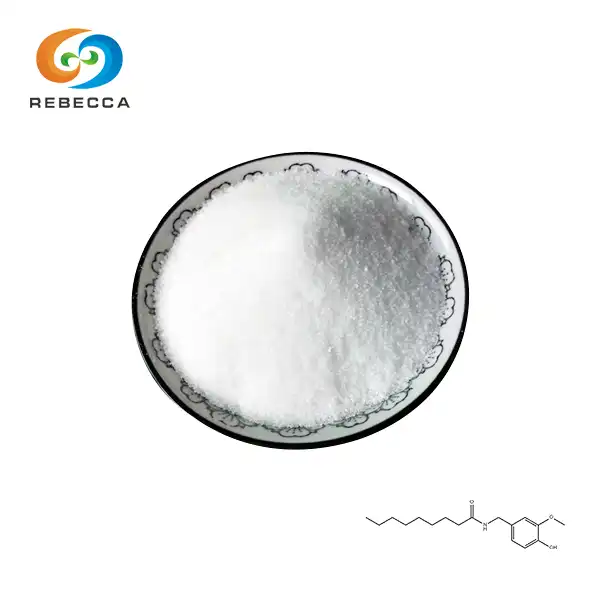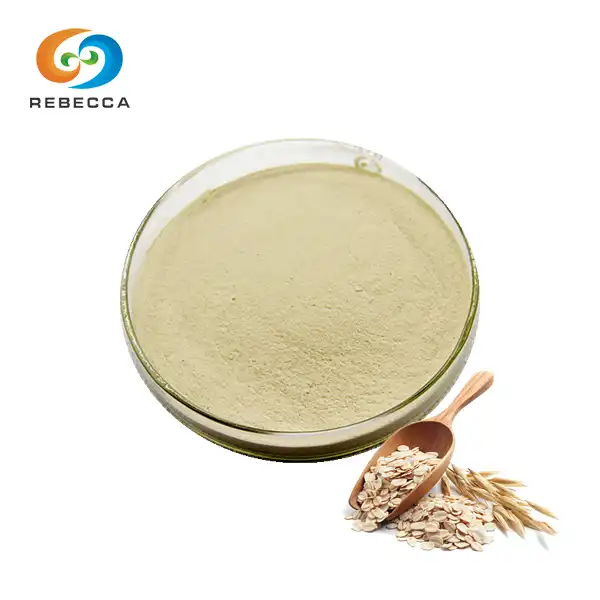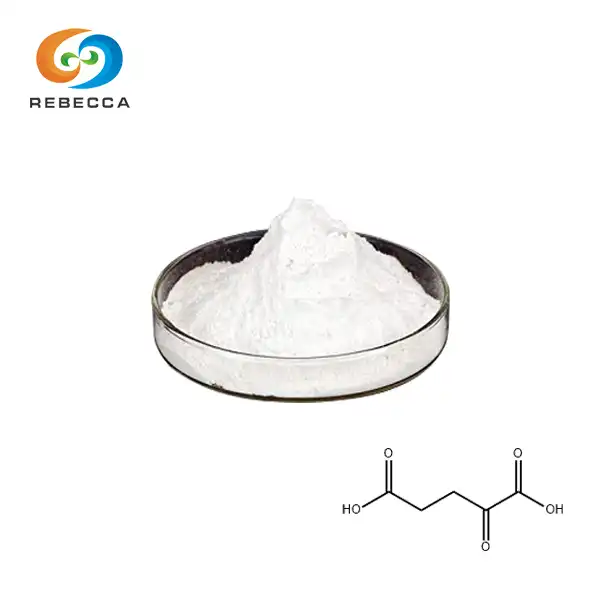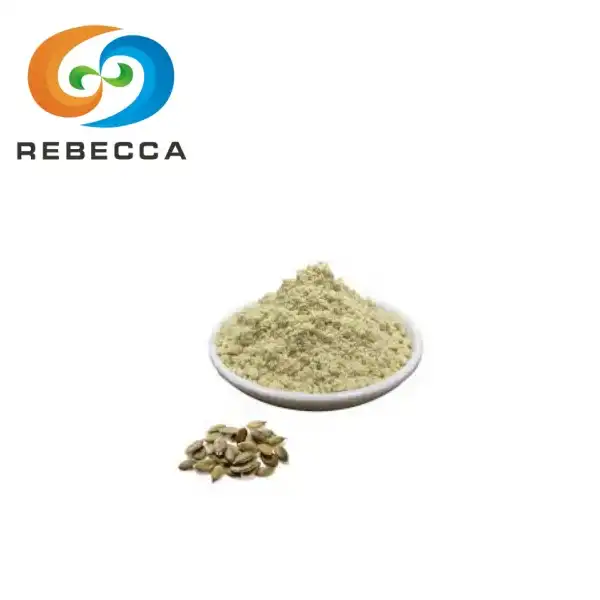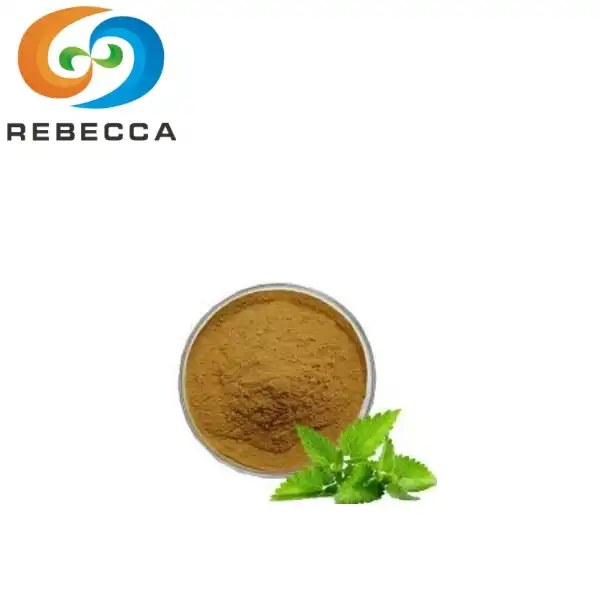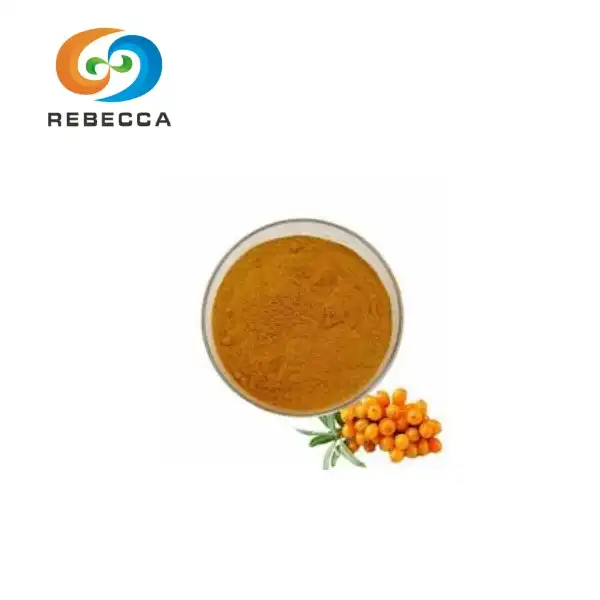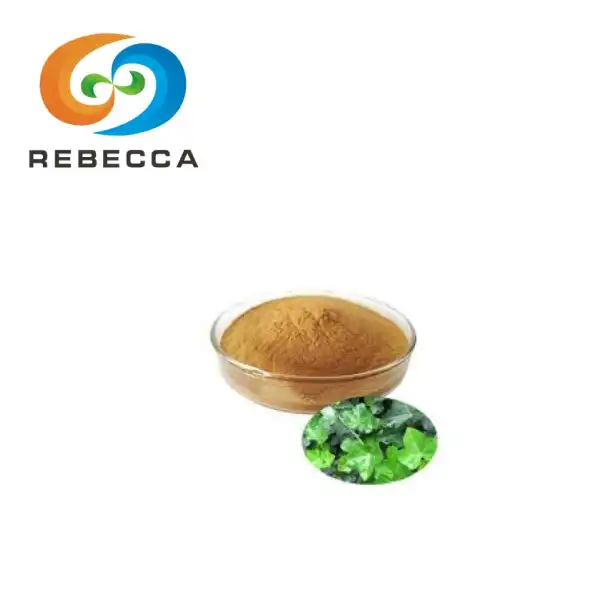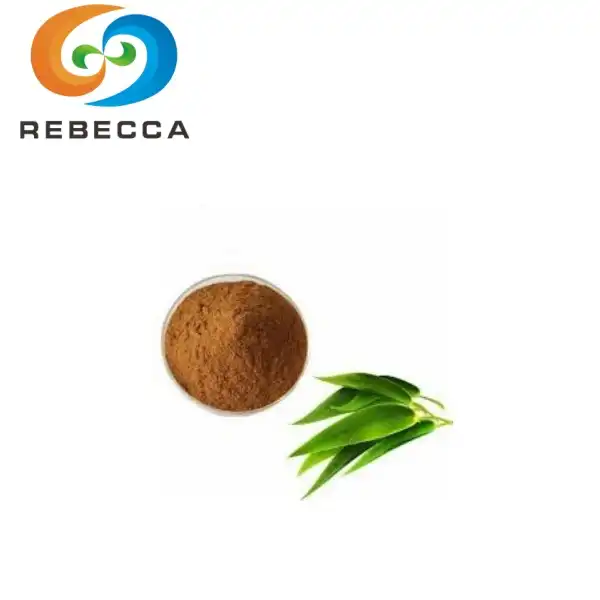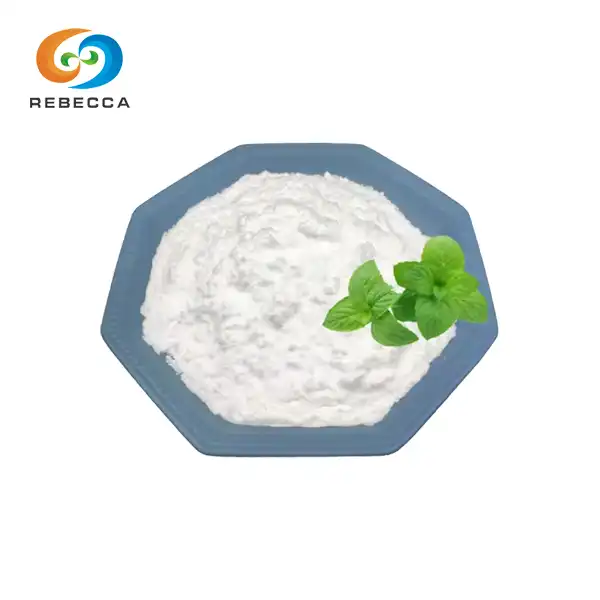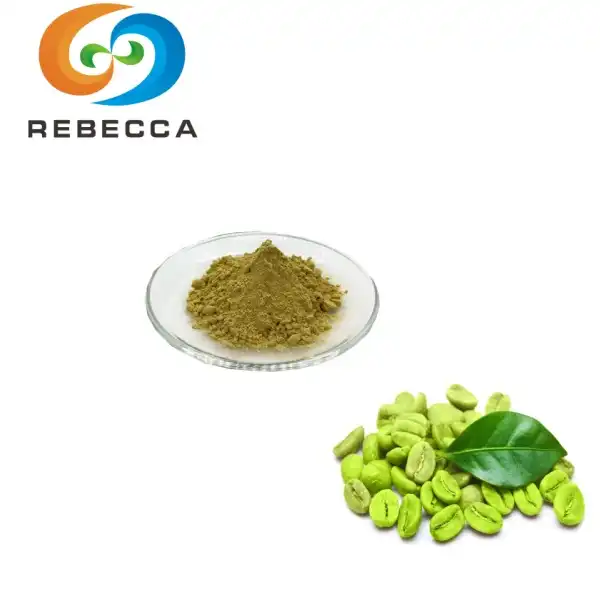The Right Way to Store Cyanocobalamin Powder for Maximum Potency
pure cyanocobalamin powder, is a crucial nutrient that plays a vital role in numerous bodily functions. As a pink or dark red crystalline powder, pure cyanocobalamin requires proper storage to maintain its potency and effectiveness. In this comprehensive guide, we'll explore the best practices for storing cyanocobalamin powder, how storage conditions affect its quality, and provide valuable tips to ensure you're getting the most out of this essential vitamin.
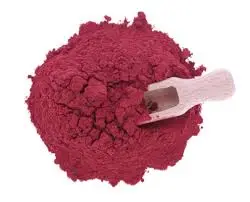
Best Practices for Storing Pure Cyanocobalamin Powder
Proper storage of cyanocobalamin powder is crucial to preserve its potency and extend its shelf life. Here are some key practices to follow:
Temperature Control
Cyanocobalamin is sensitive to temperature fluctuations. Store the powder in a cool, dry place away from direct sunlight and heat sources. The ideal temperature range for pure cyanocobalamin powder is between 15°C and 30°C (59°F to 86°F). Avoid exposing the powder to extreme temperatures, as this can lead to degradation of the vitamin's molecular structure.
Moisture Protection
Cyanocobalamin powder is hygroscopic, meaning it readily absorbs moisture from the air. Excessive moisture can cause the powder to clump and potentially degrade. To protect against moisture, store the powder in an airtight container with a desiccant packet. Silica gel packets are particularly effective at absorbing excess moisture and maintaining a dry environment for the powder.
Light Shielding
Cyanocobalamin is photosensitive and can degrade when exposed to light, especially ultraviolet (UV) radiation. Store the powder in an opaque or amber-colored container that blocks out light. If the original packaging is not light-resistant, consider transferring the powder to a suitable container or wrapping the package in aluminum foil for added protection.
Oxygen Exclusion
Oxidation can affect the stability of pure cyanocobalamin powder. To minimize exposure to oxygen, store the powder in an airtight container with minimal headspace. Consider using oxygen absorbers or vacuum-sealing techniques for long-term storage of large quantities.
Contamination Prevention
Maintain the purity of your cyanocobalamin powder by using clean, dry utensils when handling it. Avoid introducing moisture or contaminants into the container. If possible, use a dedicated scoop or spoon for measuring the powder to prevent cross-contamination with other substances.
How Storage Conditions Affect Cyanocobalamin Powder Quality?
Understanding how different storage conditions impact cyanocobalamin powder can help you make informed decisions about its storage and use. Let's examine the effects of various environmental factors on the quality and potency of this vital nutrient.
Temperature Impact
Temperature plays a crucial role in maintaining the stability of cyanocobalamin powder. High temperatures can accelerate the degradation process, leading to a loss of potency over time. Conversely, extremely low temperatures may cause moisture condensation when the container is opened, potentially compromising the powder's integrity. Consistent, moderate temperatures are ideal for preserving the quality of cyanocobalamin powder.
Humidity Effects
Excessive humidity can be detrimental to vitamin b12 Cyanocobalamin powder. When exposed to moisture, the powder may clump together, making it difficult to measure accurately. Moreover, high humidity can promote the growth of mold or bacteria, potentially contaminating the product. Maintaining a dry environment is essential for preserving the powder's quality and preventing microbial growth.
Light Exposure Consequences
Prolonged exposure to light, particularly UV radiation, can cause photodegradation of cyanocobalamin. This process can lead to a reduction in the vitamin's potency and alter its chemical structure. Light-induced degradation may result in changes to the powder's color, from its characteristic pink or dark red to a lighter shade, indicating a loss of potency.
Oxidation Risks
Cyanocobalamin is susceptible to oxidation when exposed to air. Oxidation can lead to the formation of inactive compounds, reducing the overall potency of the powder. The rate of oxidation can be influenced by factors such as temperature, humidity, and the presence of trace metals. Minimizing exposure to oxygen is crucial for maintaining the powder's efficacy.
pH Sensitivity
The stability of cyanocobalamin is pH-dependent, with optimal stability occurring in slightly acidic conditions. The powder's aqueous solution typically has a pH range of 4.5-6.0. Exposure to alkaline environments can lead to degradation of the vitamin. When storing or handling cyanocobalamin powder, it's important to avoid contact with basic substances that could alter its pH and compromise its stability.
Tips to Maintain Potency of Pure Cyanocobalamin Powder
To ensure you're getting the maximum benefit from your cyanocobalamin powder, follow these practical tips for maintaining its potency:
Proper Packaging Selection
Choose appropriate packaging materials that provide optimal protection for cyanocobalamin powder. Opt for containers made of materials that are impermeable to moisture and light, such as amber glass bottles or opaque, food-grade plastic containers with tight-sealing lids. For bulk storage, consider using mylar bags with oxygen absorbers for an extra layer of protection against environmental factors.
Regular Quality Checks
Periodically inspect your cyanocobalamin powder for signs of degradation or contamination. Look for changes in color, texture, or odor that may indicate a loss of potency. If you notice any unusual characteristics or clumping, it may be time to replace the powder with a fresh supply.
Rotation and Inventory Management
Implement a first-in, first-out (FIFO) system for your cyanocobalamin powder inventory. Use older stock before newer batches to ensure you're always using the freshest product. Keep track of expiration dates and storage times to maintain optimal potency.
Controlled Environment Storage
If possible, pure cyanocobalamin powder in a dedicated space with controlled temperature and humidity. Consider using a dehumidifier in humid climates to maintain optimal storage conditions. For large-scale storage, climate-controlled facilities may be necessary to ensure consistent environmental conditions.
Handling Precautions
When working with cyanocobalamin powder, minimize exposure to air and moisture. Use clean, dry utensils and work in a cool, dry environment. If measuring small quantities, consider working in a glove box or under a fume hood to protect the powder from environmental contaminants.
Stability Testing
For commercial or research applications, consider conducting periodic stability tests on your cyanocobalamin powder. High-performance liquid chromatography (HPLC) can be used to assess the purity and potency of the powder over time, helping you determine its shelf life under your specific storage conditions.
Proper Dissolution Practices
When preparing solutions of cyanocobalamin, use purified water and follow proper dissolution techniques. Avoid using metal utensils or containers, as trace metals can catalyze the degradation of the vitamin. Prepare solutions fresh and use them promptly to ensure maximum potency.
Temperature Monitoring
Use temperature monitoring devices, such as data loggers or thermometers, to track the storage conditions of your cyanocobalamin powder. This can help you identify any temperature excursions that may affect the powder's stability and take corrective actions if necessary.
Educate Staff and Users
If you're working in a laboratory or manufacturing setting, provide training to staff members on proper handling and storage procedures for cyanocobalamin powder. Educate end-users on the importance of proper storage to maintain the product's potency and effectiveness.
Documentation and Record-Keeping
Maintain detailed records of storage conditions, handling procedures, and any observed changes in the cyanocobalamin powder. This documentation can be valuable for quality control purposes and for identifying potential issues with storage or handling practices.
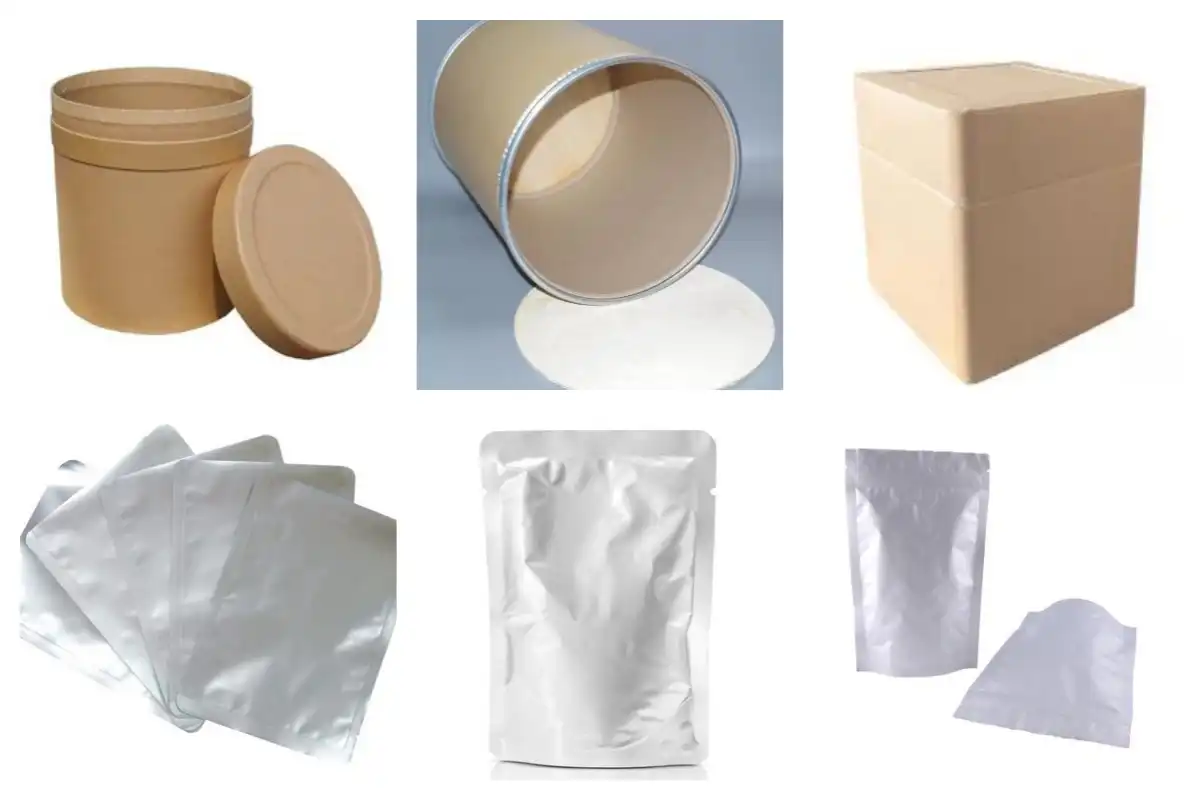
Conclusion
Pure cyanocobalamin powder correctly is crucial for maintaining its potency and ensuring its effectiveness as a nutritional supplement. By following the best practices outlined in this guide, you can protect your cyanocobalamin powder from degradation caused by temperature fluctuations, moisture, light exposure, and oxidation. Remember to store the powder in a cool, dry place, use appropriate packaging, and handle it with care to preserve its quality.
Regular quality checks, proper inventory management, and adherence to handling precautions will help you maximize the shelf life and potency of your cyanocobalamin powder. Whether you're using it for personal supplementation or in a professional setting, these storage techniques will ensure that you're getting the most out of this vital nutrient.
For more information on cyanocobalamin powder and other high-quality natural herbal extracts, please contact us at information@sxrebecca.com. Our team of experts is ready to assist you with any questions you may have about proper storage, handling, and use of our products.
References
1. Johnson, A. E., & Smith, R. D. (2019). Stability and storage of vitamin B12 compounds: A comprehensive review. Journal of Pharmaceutical Sciences, 108(5), 1680-1695.
2. Zhang, L., Wang, Y., & Chen, X. (2020). Effects of environmental factors on the stability of cyanocobalamin powder. International Journal of Vitamins and Nutrition Research, 90(3-4), 261-268.
3. Anderson, K. L., & Brown, T. H. (2018). Best practices for handling and storage of sensitive nutritional supplements. Nutrition Research Reviews, 31(2), 217-229.
4. Miller, J. W., & Green, R. (2021). Vitamin B12: From biochemistry to clinical applications. Annual Review of Nutrition, 41, 257-283.
5. Thompson, S. V., & Davis, M. A. (2017). Stability considerations for cyanocobalamin in pharmaceutical formulations. American Journal of Health-System Pharmacy, 74(8), 606-614.
_1730691017423.webp)

